
Layer pad adalah lembaran pemisah antar produk di dalam box atau palet. Fungsi utamanya adalah untuk menjaga produk tetap aman, rapi, dan tidak rusak saat distribusi. Layer pad sangat penting bagi industri yang mengutamakan higienitas dan keamanan kemasan, seperti industri makanan, minuman, farmasi, dan kosmetik. Mengapa Layer Pad Penting? 1. Mencegah Gesekan dan Benturan Saat …
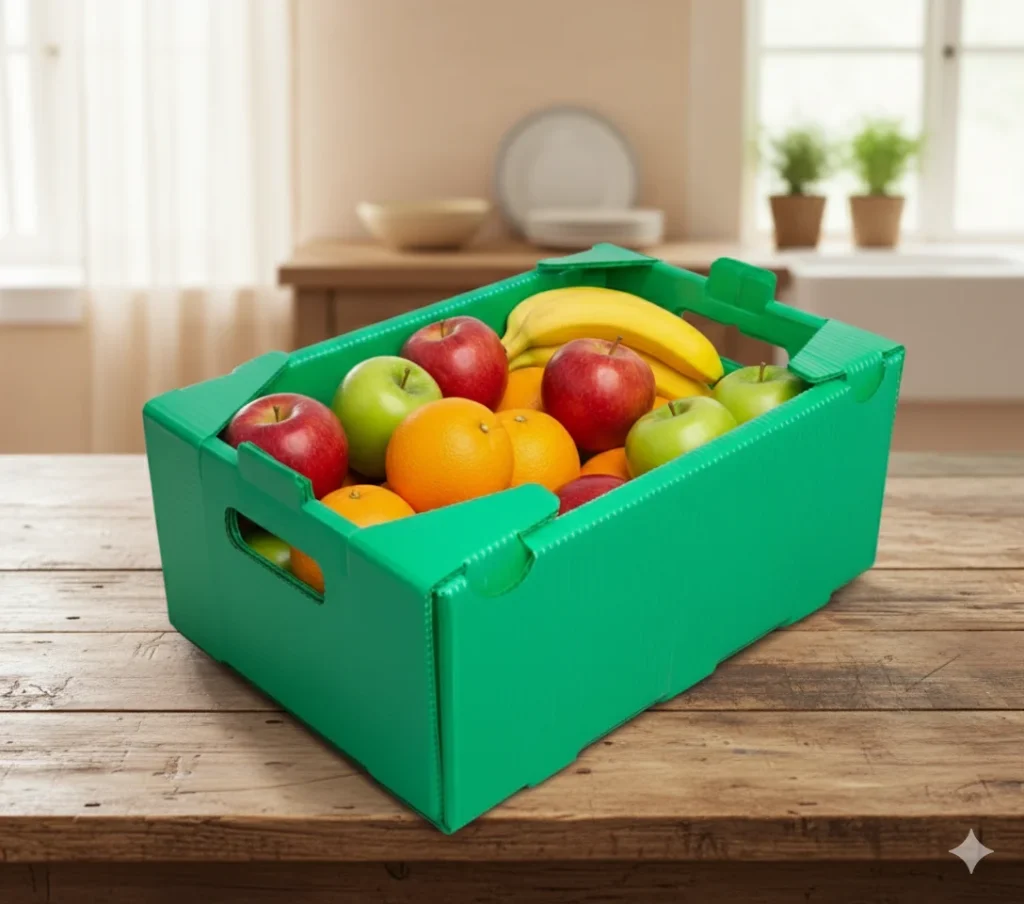
Mengirim buah segar ke luar kota memang bukan perkara mudah. Sebab, buah cenderung mudah rusak, cepat busuk, dan dapat kehilangan kualitasnya dengan cepat. Jika tidak ditangani dengan benar, buah yang dikirim bisa tiba di tujuan dalam kondisi tidak layak konsumsi, mengecewakan pembeli, dan ujung-ujungnya merugikan penjual. Karena itu, diperlukan strategi khusus yang efektif agar buah …
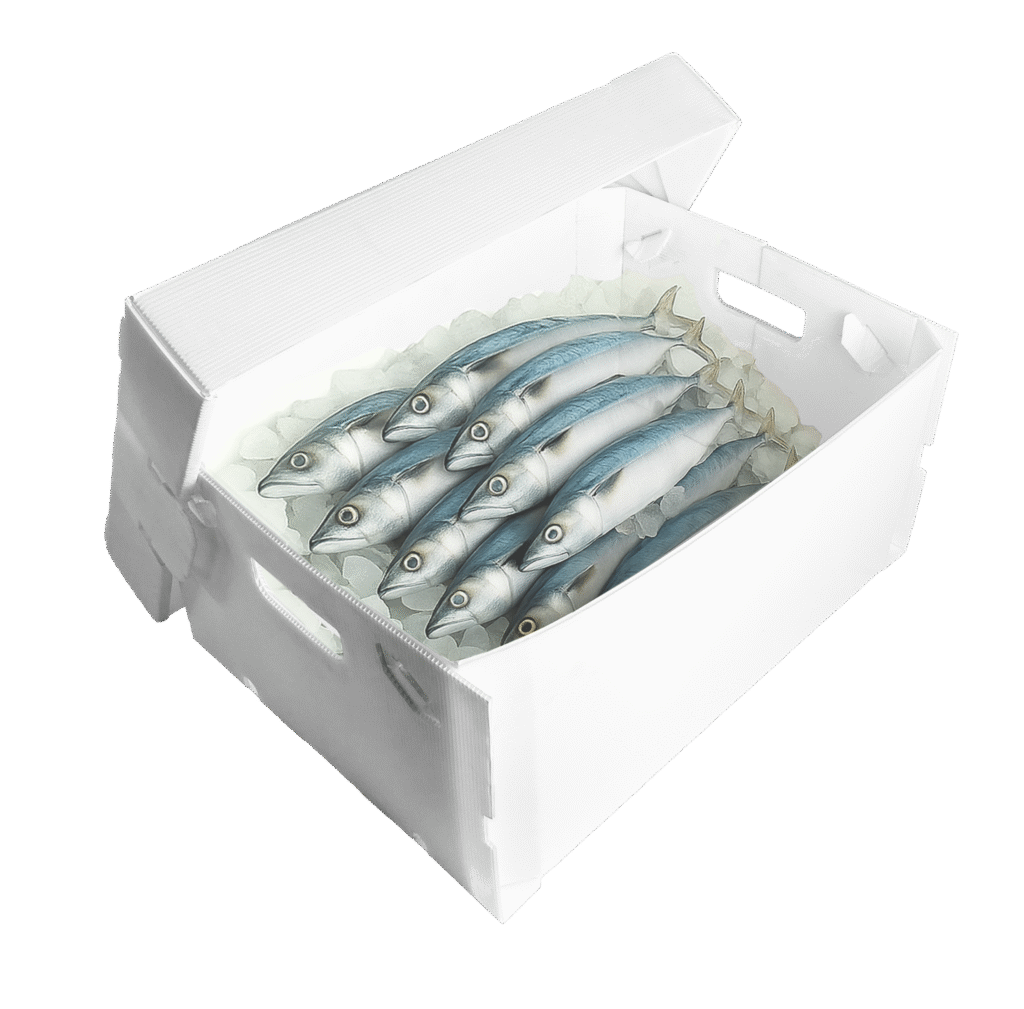
Sedang mencari supplier cooler box yang bisa dukung bisnis rantai dingin (cold chain)? Jaga kualitas produk Anda selama proses cold chain pada ALVAboard, supplier cooler box custom inovatif berbahan dasar polypropylene (PP board) yang memberikan proteksi maksimal. Sebagai mitra terpercaya, ALVAboard menyediakan solusi cooler box yang efisien untuk menunjang operasional bisnis Anda. Berlokasi strategis di …

Udang merupakan salah satu komoditas perikanan dengan permintaan tinggi di pasar, baik dari jenis yang hidup di laut maupun hasil budidaya. Meski sama-sama udang, banyak orang tidak mengetahui perbedaan mendasar antara udang laut dan udang tambak. Maka dari itu, pada artikel kali ini kami akan membahas tuntas perbedaan keduanya, mulai dari habitat, cita rasa, harga, …
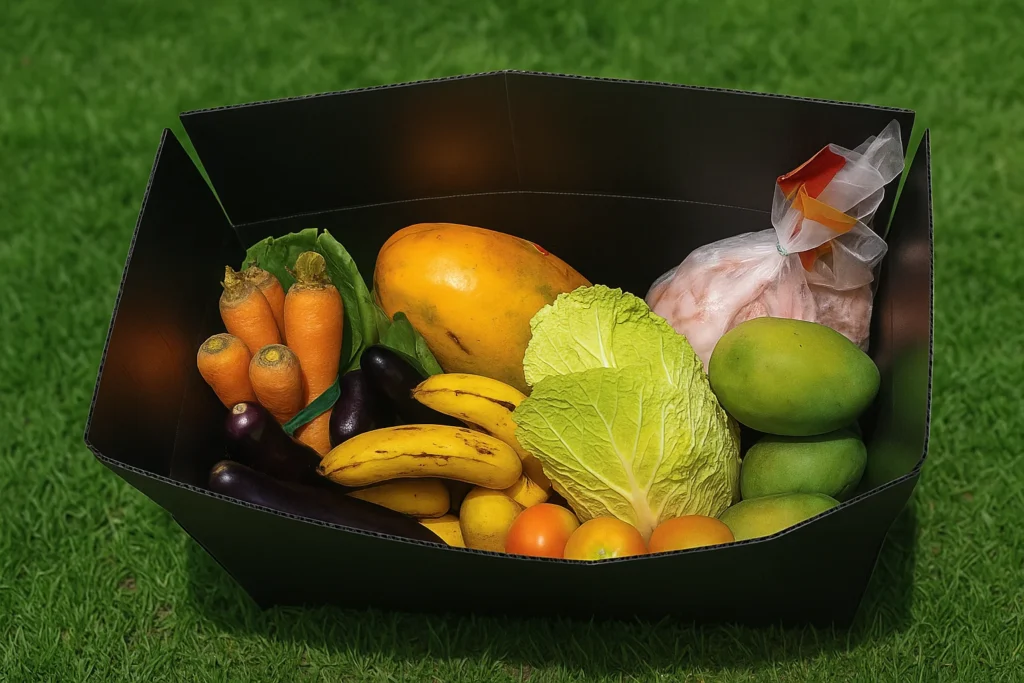
Salah satu tantangan terbesar dalam dunia pertanian dan distribusi adalah menjaga sayuran tetap segar saat dikirimkan. Namun sayangnya, rata-rata petani dan pedagang masih menggunakan kemasan yang belum tepat, sehingga memengaruhi kualitas sayuran. Salah satunya adalah kardus, yang menjadi pilihan utama karena harganya murah dan mudah didapat. Akan tetapi, ada banyak kekurangan dari kardus, di antaranya …

Sedang mencari supplier box custom untuk kebutuhan penyimpanan dan distribusi produk perikanan Anda? Perkenalkan, ALVAboard, perusahaan supplier box custom berbahan polypropylene (PP Board) yang berlokasi di Tangerang. ALVAboard menyediakan solusi kemasan yang kuat, higienis, dan tahan lama untuk menjaga kualitas produk Anda hingga sampai ke tangan konsumen. Kenapa Harus ALVAboard? Ketika memilih ALVAboard, artinya Anda …

Dominasi plastik sekali pakai di industri packaging sayuran saat ini masih sangat tinggi karena dianggap murah dan praktis untuk distribusi dalam jumlah besar. Padahal, jika terus digunakan, plastik ini akan terus mencemari lingkungan dan sulit terurai hingga ratusan tahun. Selain merusak ekosistem, biaya kemasan yang terus berulang juga membebani pelaku usaha distribusi sayuran. Sebab itulah, …
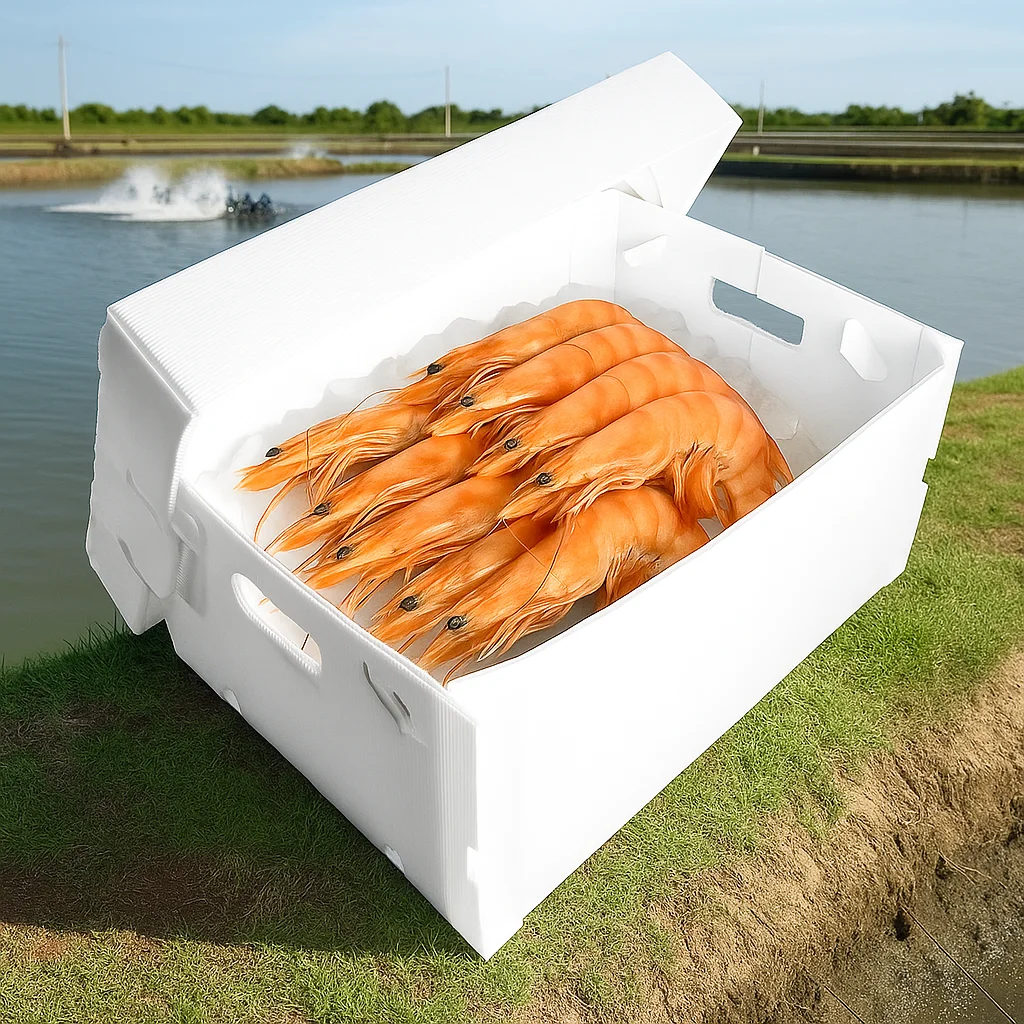
Pernah mengalami kerugian karena udang hasil panen rusak atau terkontaminasi selama proses sortir dan distribusi? Masalah ini sering dialami pemilik tambak udang yang masih menggunakan wadah tradisional, seperti kotak triplek atau kardus yang mudah rusak, tidak higienis, dan tidak tahan air. Belum lagi risiko kontaminasi yang dapat merusak kualitas udang dan menggagalkan proses ekspor. Sebab …
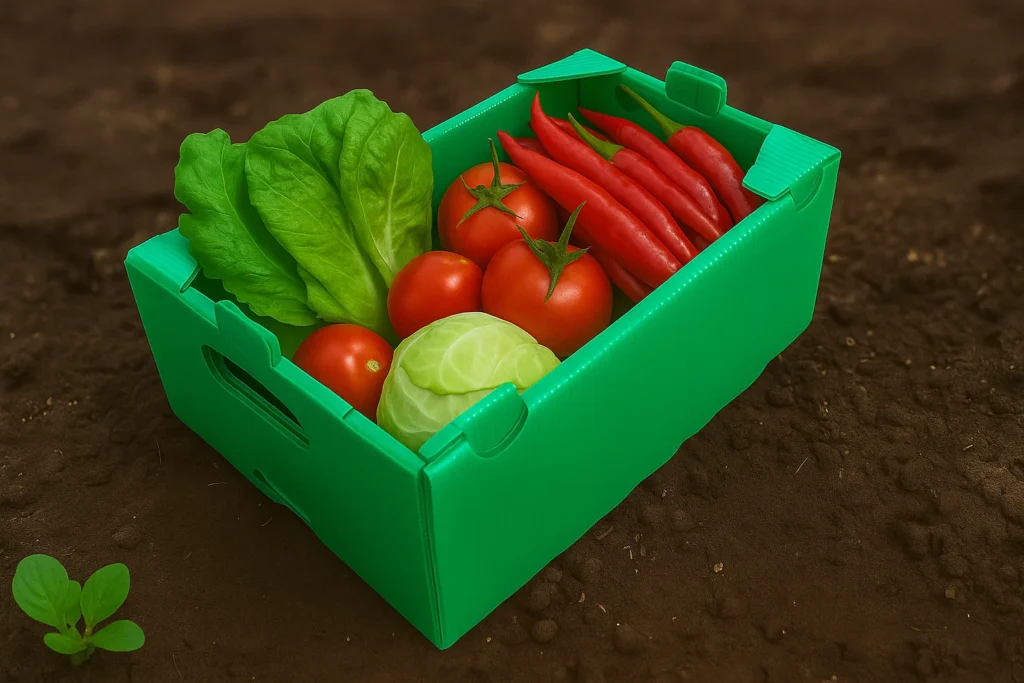
Agar kualitas dan nutrisi terbaik dari sayuran tetap kita dapatkan, menjaganya tetap segar dan bersih perlu dilakukan. Sayuran segar jelas lebih nikmat, sehat, dan aman dikonsumsi. Sayangnya, masalah seperti sayuran cepat layu, paparan bakteri, dan daya simpan pendek sering terjadi. Akibatnya, kita membuang-buang makanan dan uang, serta menghadapi risiko kesehatan dari produk tidak layak konsumsi. …

In the food industry, packaging isn’t just a protective layer—it’s the first line of defense for product quality and a powerful brand communication tool. In today’s fast-moving market, modern packaging must deliver on three fronts: protection, freshness, and presentation. This article introduces you to ALVAboard—a smart, food-grade packaging solution that combines material strength, visual appeal, …
